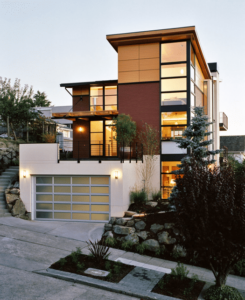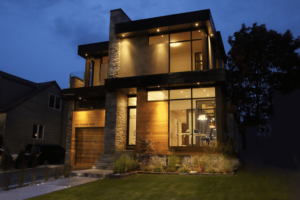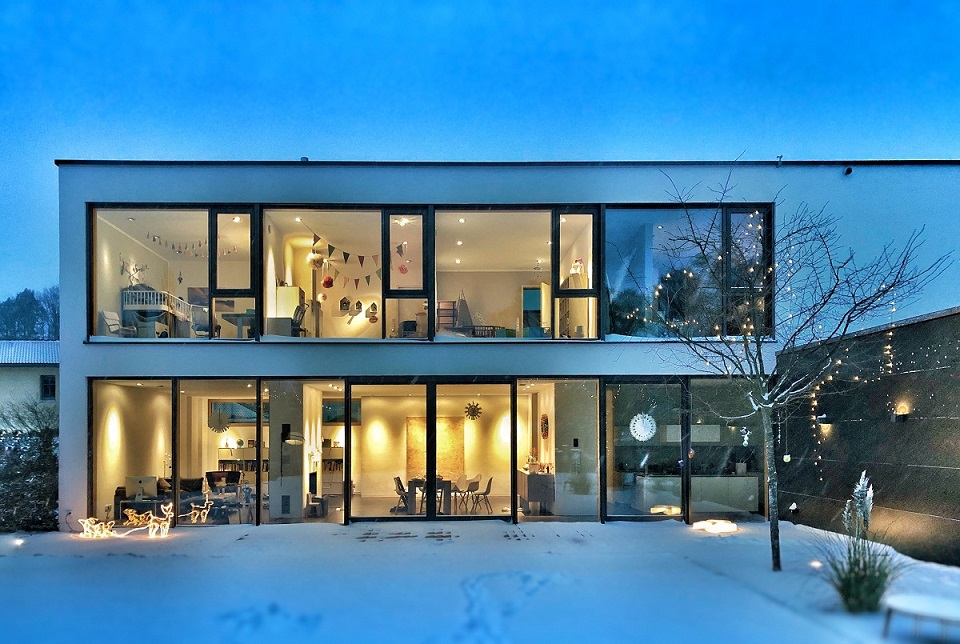Let’s imagine that you’re about to design a new home, or to renovate the one that you already have. The first thing you’d need to do is to decide whether working with an architect for designing your home is really what you need, and whether that architect is the right one to turn your vision into reality.
Assuming you’re on board for hiring an architect, you need to consider few factors: the familiarity of the architect with the local construction codes, environmental concerns, feasibility, and most of all-professional attitude. Had you found all of this within the frames of your budget-you’re a really lucky person!
When you meet architects for the first time, they come packed with questions that can help them determine what you really want. They will explore both your aesthetic ideas and practicality concerns, and will set a goal that needs to be satisfied.
In order to guide them towards the right goal, you need to answer those questions thoughtfully and sincerely, to explain the materials you want to see used, and even to show photos or personal sketches. Architects will appreciate it!
1. Ask for advice

Everybody that had something to do with architects can be helpful. It can be a friend that had his home redesigned, or a family member whose friend happens to work in an architecture firm.
This way you will have an overview on what you’re looking for or at least a starting point to determine whether somebody’s work suits your needs.
You need to see examples and to compare, so that you will narrow the choice down to three firms, and decide between them.
2. Choosing an architect

To start with, choose an architect whose previous work is similar to your ideas. Look for photos of his recent designs, or even visit finished locations and get a feel about his design sense and his preferences.
Talk to him and try to find out what he thinks about certain solutions, schemes, or materials. Liking an architect’s past work is essential for choosing him, because it means you have a common ground for fruitful collaboration.
Don’t be discouraged by disagreements-it is for your own sake that the architect is trying to balk an idea! Make sure you overcome issues with conversation, rather than waiting for the last moment to tell him that you don’t like his work.
Another essential thing to consider is his experience. If you’re restoring an old house, for instance, you’ll need an architect who’s already worked on period buildings, and is therefore familiar with stringent building codes and construction permits that are necessary in the case.
It also matters to stay candid about your wishes and expectations: ask the architect to explain everything you don’t understand, and expect nothing from him but partnership and excellent working rapport.
What is paramount is to trust the architect and to find one who can balance between his technical and professional competence and his friendly approach. Most important-somebody you can afford.
The nature of a design process is fairly complex, meaning that you cannot leave any question unanswered. To start with, you need to understand fees, contract terms, or more precisely what the contract covers and doesn’t cover.
Failing to understand the contract could lead to unpleasant consequences, as for instance expecting a service that was not included, or failing to appreciate the additional work your architect is providing.
If you’re working with a firm, for instance, try to understand who is going to be in charge of your project, or at least which contractors will be included.
3. Make sure your architect is familiar with your budget

Home design isn’t something that can be determined with a single conversation. No architect will be clear about the price and feasibility of your design just by getting familiar with your ideas, and he will definitely ask you to meet again and to discuss your ambitions.
However, make sure you can round an amount to suggest to them before they’ve started. If you don’t really know how much an idea like yours could cost, consult other architects and familiarize with the prices of the materials you’d need.
This will give directions to the architect, and a clear picture of the price of his design efforts, activities, and materials.
4. Balance between your ideas and the ones of your architect

Many people neglect the importance of discussing the details of their design before a sketch is actually made. Most of time, they do this because they don’t really understand the role of the architect, and the fact that he needs their help in order to evaluate and to select the right materials.
It is right in these cases when an architect fails to meet users’ requirements, plans are scaled with setbacks, community concerns are neglected, and the entire procedure is unnecessary delayed.
The architect needs your contribution to the project in order to bring that vision to life-he makes use of your ideas, draws a sketch that you would like, and discusses everything that doesn’t jibe with your wishes.
It is the point where you understand whether the final product will satisfy you, which is much better than discovering this on a stage where construction has started, and there is almost no way to change the plans.
Once a sketch is confirmed, the architect draws up concrete plans, where all materials and nuts-and-bolts items are already included.
5. Good architects want nothing, but to make your home perfect

Designing a home encompasses many important functions for architects, which is why they have to perform well in many disciplines. More than making your home aesthetically pleasant, architects must take care of the practical aspect, and come up with an integrated structure with proper electrical and civil engineering.
It is up to them to keep the home warm/cool, to solve property concerns, and to give you something that will last for years to come. Rather than expecting the architect to do miracles, talk to him.
Make a contribution to his approach, rather than being rigid and observing from the side. Architects are most of time open-minded artists who want to hear ideas and to get inspired. Therefore, accept their critics, and to try to understand whether your vision is actually feasible.
6. Architects have answers to questions out of their expertise

Having in mind how problematic obtaining a building permit can be, you need to rely on your architect to assist you and to help relieve stress as much as possible.
Even once work has started, the architect will stay in charge of the procedure, and he will make sure that everything is done the way it should be.
7. Architects are in charge of the entire project
A good architect is not only supposed to make a drawing of how your place should look-he is supposed to think of feasibility and materials, and to coordinate the work of your contractor.
It is not always easy for the contractor to assemble his work in accordance with the architect’s vision, which is why they must have impeccable communication and to trust each other.
The architect is doing intermediation between you and your contractor, managing every aspect of the agreement, asking vendors to answer questions, suggesting and administering changes.
He is supposed to address the problems and to refuse work that doesn’t satisfy expectations, or said more simply to ensure that everything is done properly, timely, and within the frames of your budget. That makes your architect the strongest ally you have when building your house.

